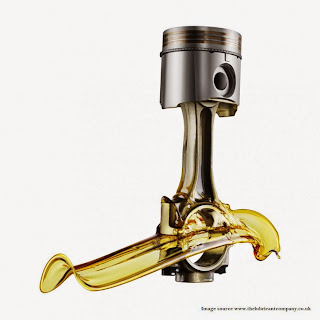How Patient Positioning Systems Are Improving Outcomes in Healthcare
What is Patient Positioning Systems?
Patient
positioning systems are an important part of medical care. They enable
medical professionals to optimally position patients for a variety of
procedures, including surgery, imaging, radiation therapy, and physical
therapy. Positioning systems help ensure that patients are accurately
and safely positioned for a given procedure, and that their vital signs
and other medical information are monitored during the procedure. There
are several types of positioning systems available, including manual
systems, motorized systems, and robotic systems. Each type of system
offers different features, benefits, and drawbacks.
Patient Positioning Systems Benefits
1.
Improved Patient Safety: Patient positioning systems help to minimize
the risk of injury and discomfort to patients by properly positioning
them for medical procedures. This can greatly reduce the risk of medical
errors, which can have serious consequences.
2. Enhanced Patient
Comfort: Patient positioning systems provide improved comfort for
patients by allowing them to be positioned in a way that is most
comfortable for them. This can help reduce pain and anxiety levels and
help a patient to relax during a procedure.
3. Increased
Procedure Efficiency: Proper positioning of the patient can help to
ensure that procedures are completed quickly and accurately, leading to
improved patient outcomes.
4. Reduced Cost: By ensuring
procedures are completed quickly and accurately, patient positioning
systems can help to reduce the cost of healthcare delivery. This is
because there is less likelihood of errors and complications, which can
be costly.
5. Improved Workflow: Patient positioning systems can
help to improve the workflow in a medical facility, as they make sure
that procedures are completed quickly and efficiently. This can help to
reduce waiting times and improve patient satisfaction.
Types of Patient Positioning Systems
1.
Motorized Positioning Systems: Motorized positioning systems are
typically used in the operating room and intensive care unit to adjust a
patient’s position electronically. These systems use electric motors to
adjust the patient’s bed or stretcher, allowing caregivers to easily
move a patient into the ideal position.
2. Manual Positioning
Systems: Manual positioning systems use levers, cranks, and other manual
controls to adjust a patient’s position. These systems are typically
used in non-critical areas, such as medical clinics and long-term care
facilities, where caregivers need to be able to make quick adjustments
to a patient’s position without the need for complex machinery.
3.
Immobilization Devices: Immobilization devices are used to stabilize a
patient’s position during surgery or other medical procedures. These
devices can consist of straps, braces, casts, and other materials that
are used to keep the patient in the desired position.
4.
Positioning Supports: Positioning supports are devices that provide
support to a patient’s body while they are in a specific position. These
supports can include pillows, mattresses, and other materials that are
designed to help maintain a patient’s position.
Trends in Patient Positioning Systems
1.
Automation: Automation is becoming increasingly important in patient
positioning systems. Automated positioning systems can help simplify the
process while improving accuracy and reducing the risk of error.
Automation can also help improve patient safety, as it reduces the need
for manual repositioning.
2. Smart Functionality: Smart patient
positioning systems are becoming more popular. Smart positioning systems
can integrate with medical records and other systems, providing an
overview of the patient's current position and helping to ensure that
the patient is positioned correctly for each procedure.
3.
Scalability: Patient positioning systems are becoming more scalable,
allowing for customization and expansion of the system as needed. This
can help ensure that the patient positioning system can meet the needs
of the facility, no matter how large or small.
4. Enhanced
Comfort: Enhanced comfort features are becoming increasingly important
in patient positioning systems. Pressure-relief cushions, adjustable
armrests, and other features can help make the patient experience more
comfortable and reduce the risk of pain or discomfort.
Patient Positioning Systems Future Outlook
The
future of patient positioning systems is very promising. There are an
ever-increasing number of medical technologies that are being developed
to improve patient care. As these technologies become more advanced,
patient positioning systems will become more accurate and reliable. In
addition, advances in artificial intelligence, robotics, and other
technologies will enable more sophisticated patient positioning systems
to be designed to provide more accurate and reliable data. Acording to
research report the global patient positioning systems market
is projected to reach USD 1.7 billion by 2027 from USD 1.4 billion in
2022, growing at a CAGR of 4.0%. The factors such as technological
advancements, rising geriatric population, and increasing prevalence of
chronic and lifestyle-related diseases are driving the market growth.
Related News
https://www.marketwatch.com/press-release/patient-positioning-systems-market-worth-17-billion-by-2027-exclusive-report-by-marketsandmarketstm-2023-01-30
Comments
Post a Comment